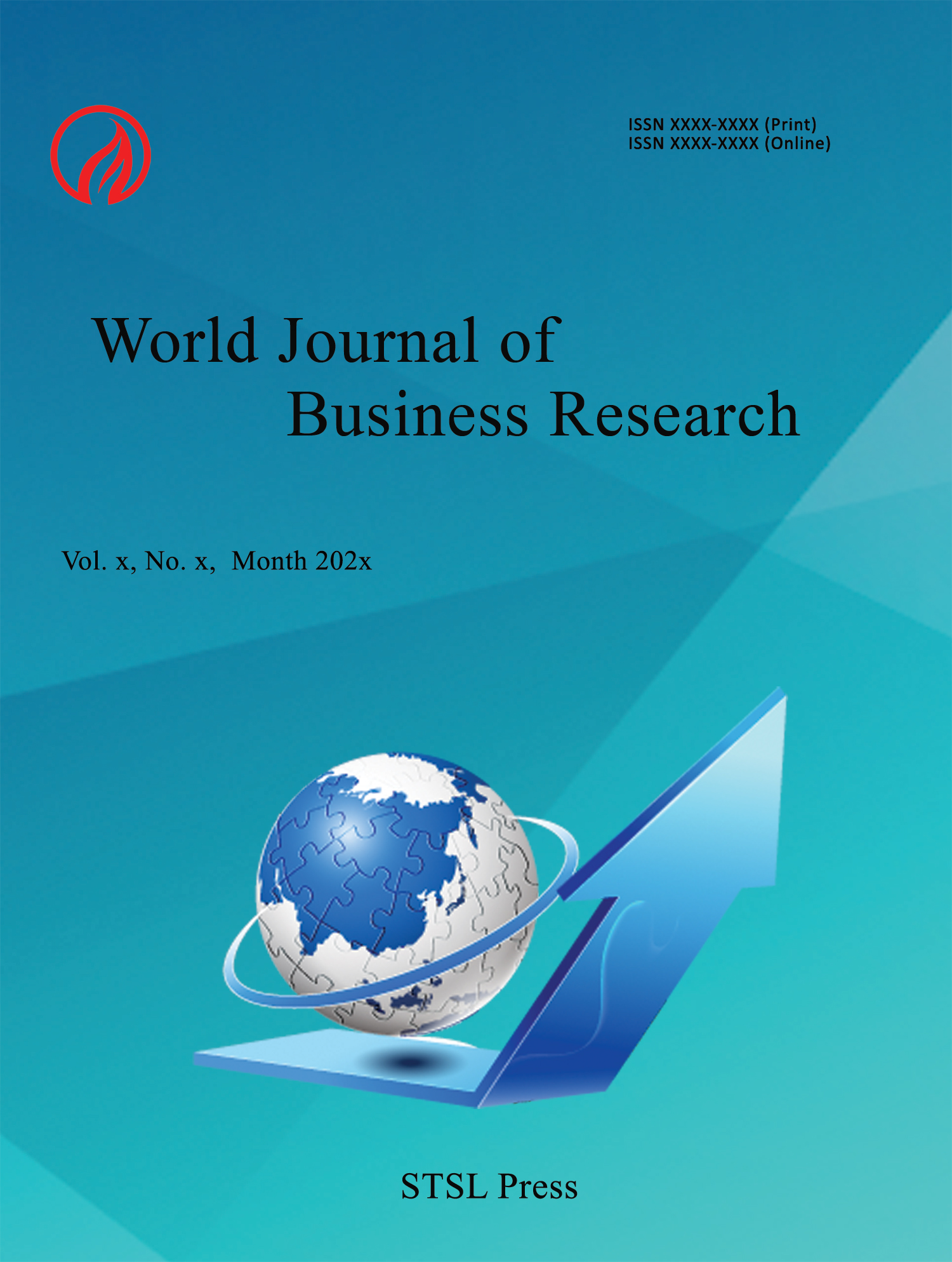Microfinance Banking Measures and the Agricultural Sector: The Nigerian Scenario
Wachukwu, Iheanacho Princewill
Kenn-Ndubuisi, Juliet Ifechi
Okey-Nwala Precious Onyinye
Abstract
The study seeks to examine the extent to which microfinance banks growth measures impact the agricultural sector in Nigeria for the period covering 1992-2016. A number of models were employed which includes the microfinance bank credit growth, deposit growth; investment growth and asset growth were used as predictor variables. The research estimated the specified models using the Cochran-orcutt regression model, applied on time series annual data from the central bank of Nigeria statistical bulletin and annual reports 2017 edition and World Bank national account data employing both descriptive and inferential statistics in analyzing the time series data. The results garnered from the data analysis indicated among other things that; Microfinance bank credit growth and agricultural production contribution to gross domestic product was reported negative but significant at 1%, all the other variables found to have a positive relationships with agricultural contribution to gross domestic product. Given the above findings, the following recommendations are made: The central bank if Nigeria and other microfinance banking regulatory agencies charged with supervision of the microfinance banks should put strict measures in ensuring total compliance to regulations so that credits advanced to farmers are used for purely the agricultural production purpose for which they are granted. It is therefore my recommendation that the on and off site outreach officers be empowered to ensure strict monitoring of approved credit.
Paper:
pdf
DOI:
 This work is licensed under a
Creative Commons Attribution 4.0 License.
This work is licensed under a
Creative Commons Attribution 4.0 License.
Contact us
- Colin Garcia
- wjbr@stslpress.org
